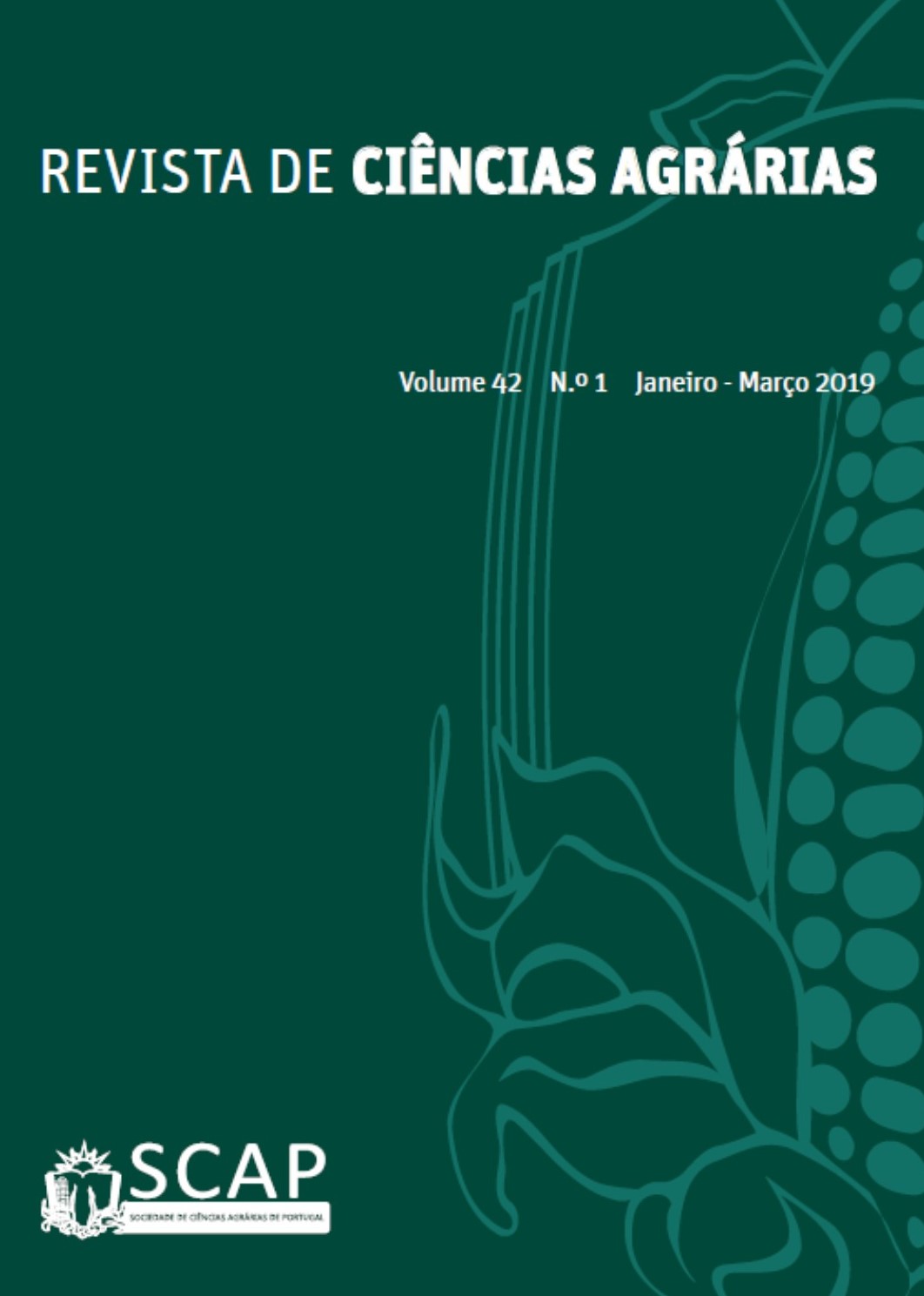Liming and substrate texture affect the development of Campomanesia adamantium (Cambess.) O. Berg
DOI:
https://doi.org/10.19084/RCA18283Abstract
Campomanesia adamantium is a native fruit of Cerrado that presents medicinal and nutritional properties. However, cultural practices for the species are not defined, such as the use of liming and substrate compositions. Thus, we aimed to evaluate the effect of liming levels on different substrate textures on the initial growth and nutrient content of C. adamantium plants. Five liming levels (0, 1, 2, 3 and 5 t ha-1) were studied in a substrate based on dystrophoric Red Latosol (LVd) and LVd+sand (1:1, v/v), arranged in outline factorial 5x2, in the delineation of randomized blocks, with four repetitions. In LVd substrate, the highest development in height (9.83 cm per plant); the diameter of the stem (2.13 mm per plant); SPAD index (38.37) and nutrient levels N (23.57 g kg-1); K (11.81 g kg-1), in the aerial part and N (22.26 g kg-1); P (6.66 g kg-1); K (7.91 g kg-1); Ca (6.56 g kg-1); and Mg (1.82 g kg-1) at the root, were under use of 5 t ha-1 of liming. However, the greater development and nutrient content using the LVd+sand substrate occurred under the absence of liming. This behavior shows that the plant responds to different ways when using draft on different substrates.


